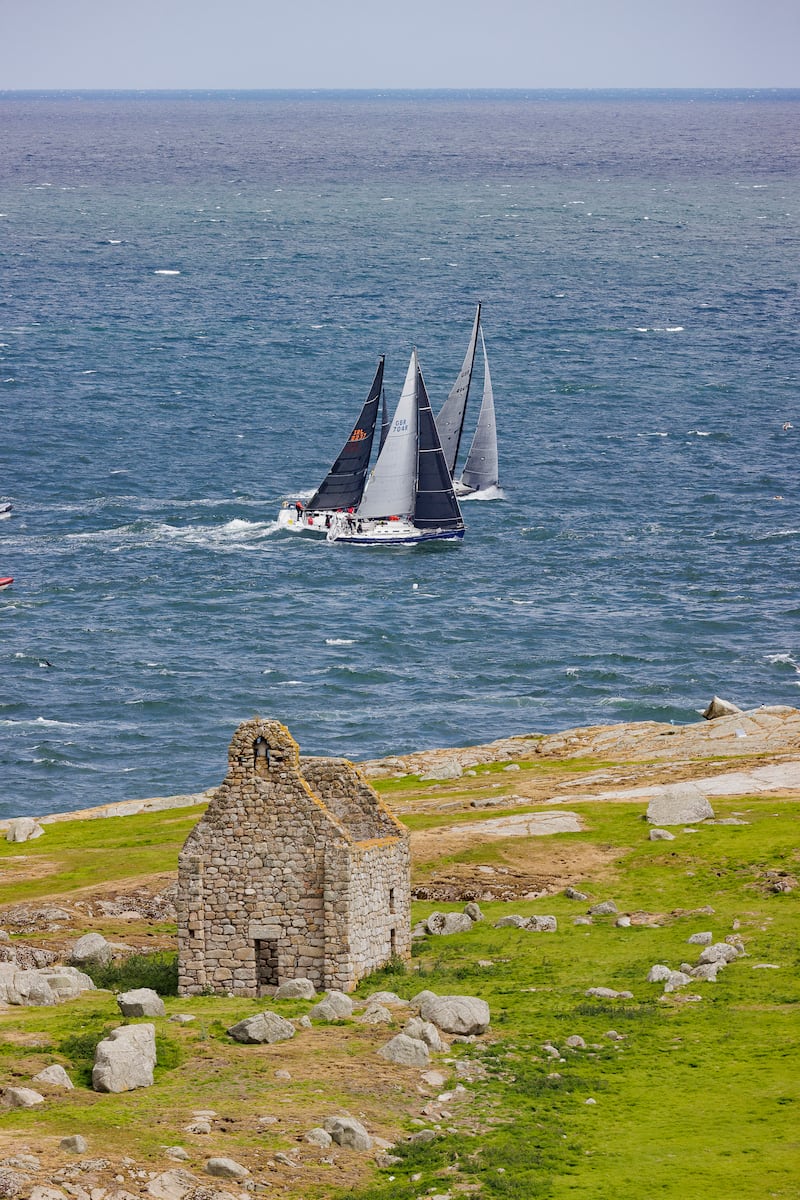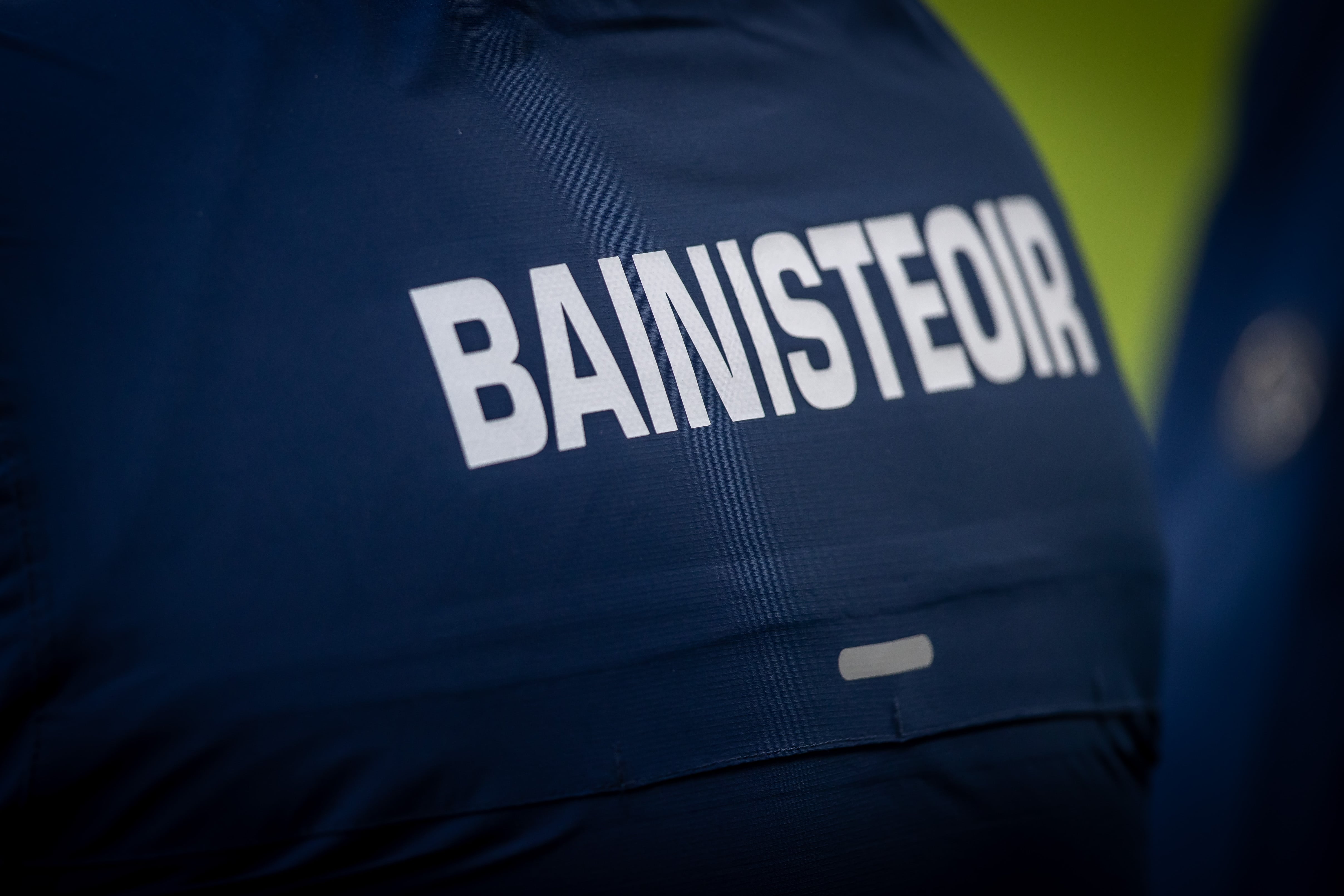After setting a blistering pace since starting the 270 nautical-mile Volvo Dún Laoghaire to Dingle Race on Wednesday afternoon, Ron O’Hanley’s Privateer has smashed the existing course record.
Set in 2019, Mick Cotter’s time on Windfall of just over 24 hours seemed certain to hold for at least several editions of the race.
However, the spell of easterly conditions prevailing for several weeks – plus the canting keel on Hanley’s Cookson 50 – helped the American yatch to a new course time. The overall win on IRC rating has yet to be confirmed as the fleet has not yet finished.
In fact, the 2019 record was broken twice by both Hanley – who shaved a full five hours off the Windfall’s time – and Greystones’ Frank Whelan on his new canting keeler Opal, who finished in just under 24 hours.
READ MORE

However, Privateer’s time now means that both of the Ireland offshore race records are now held by American yachts – George David’s record on Rambler 88 for the SSE Renewables Round Ireland Race is also up for grabs.
Set in 2016, that 704 nautical-mile course was achieved in a time of 50 hours and 24 minutes and, like Windfall’s time for the ‘D2D’, seems impossible to better.
Yet, sustaining interest in offshore racing closer to the grassroots and club levels of the sport is facing into new challenges according to 20-year veteran organiser Peter Ryan, chairman of the Irish Sea Offshore Racing Association.
“We hit an absolute peak [of interest] before Covid; then we were hit by the loss of Holyhead Marina followed by the pandemic,” he explained to The Irish Times. “Holyhead was a breeding ground for offshore sailing and an ideal race destination.”

But lifestyle changes have brought challenges for boat owners and crews alike, and while higher profile events like the D2D create great enthusiasm, numbers for regular races are a struggle in terms of securing enough crew and, in turn, achieving good turnouts.
“Now everyone is a weather expert and on a Monday are looking ahead to the weekend and make other plans if a blow is likely,” he said. “You can still get a reasonable entry level but you may not know it until the day.”
It’s an issue that causes some boat-owners to become disillusioned and drop out of offshore racing – or sailing altogether. Ryan does also highlight the cyclical nature of the lifelong sport with people returning perhaps after rearing families leading to a multi-generational effect.
Ryan says he is personally pessimistic that offshore racing may have hit a plateau, perhaps at risk of losing a critical mass for routine events and the knock-on effect on loss of experience and skills.

However, he points to the record turnout of 43 boats for this week’s race, while the Rolex Fastnet Race in August – for which the D2D is a qualifying event – almost instantly had 500-plus boats registered in January.
The 400 sailors who headed to Kerry this week are certain to have enjoyed the fast conditions and Ryan reckons the organisers of next June’s Round Ireland should have no difficulty achieving their goal of 60-70 entries.
And still Ryan harks back to the golden era of offshore racing when crews might head off of a Thursday evening to thrash about the Irish Sea before returning home on the Sunday as being the essence of the sport.
“Offshore is a state of mind, like the difference between a sprinter and a long-distance runner,” he said. “Real boats sail offshore.”
















